Remarkable rye is a sustainability superstar
The benefits of rye flour go beyond just baking.
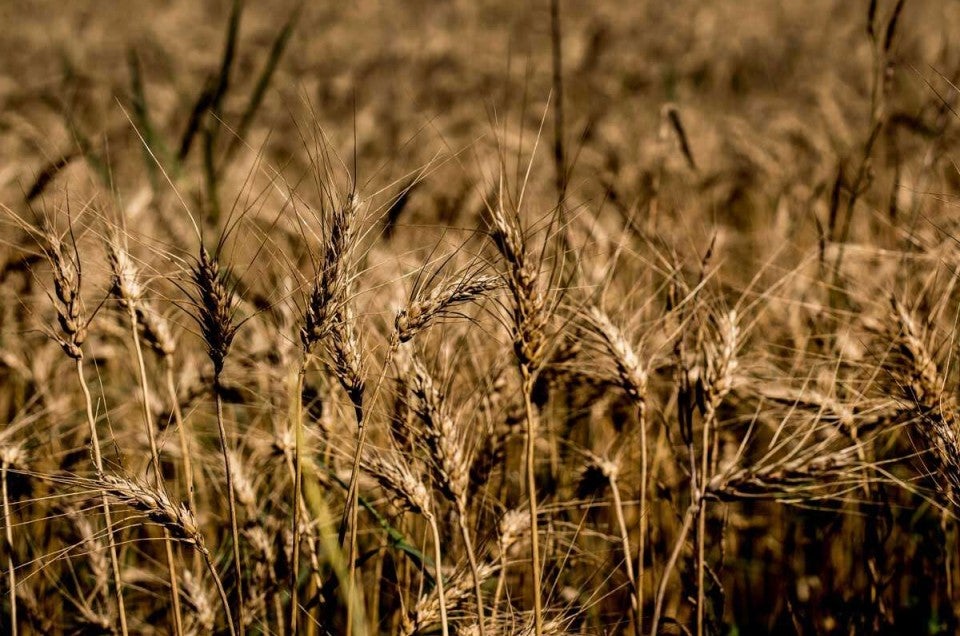

If you spend any time around me, you know I’m a rye fanatic. Since I love full flavor, robust fermentation, and tender pastries, I have even more cause to cheer with the release of our new Organic Medium Rye Flour. Grown in the upper Midwest and milled by Lindley Mills, a 10th generation organic flour mill in Graham, North Carolina, it’s sifted slightly to remove a small portion of the bran. Fine, light, and tender, it plays well when added to biscuits, scones, breads, and even brioche. I’m literally putting it in everything.
But if your enthusiasm for rye isn’t quite so feverish yet, keep reading! This is the story of rye, the wonder grain that can save the planet.
Last fall, I was at my friend Chuck Wooster’s Sunrise Farm in White River Junction, Vermont. Walking the edge of one field, I noticed a few stalks of something growing that looked like grain.
“Wait, is that wheat?“ I asked him, incredulous (while simultaneously dreaming of milling it because all I ever think about is making and eating bread).
“Nope, it’s rye,” Chuck answered.
“Have you been growing rye without telling me?!” I hollered. Under cross-examination, I learned Chuck blankets his fields with rye cover crops each winter. Evidently, rye has powers beyond crusty loaves, tender pastry, and my favorite cookies. Who knew!?
To get the full story, I reached out to Dr. Stephen Jones at the Washington State University Bread Lab (right next door to our West Coast baking school).
Steve, a passionate resource for bakers, farmers, millers, and whole grain fanatics, connected me with Laura Valli, a graduate student working with him on rye. Laura took me through the basic benefits of rye in agriculture, patiently describing disease-resistant, productive, and flavorful varieties while also covering its magical capacity to improve soil health.
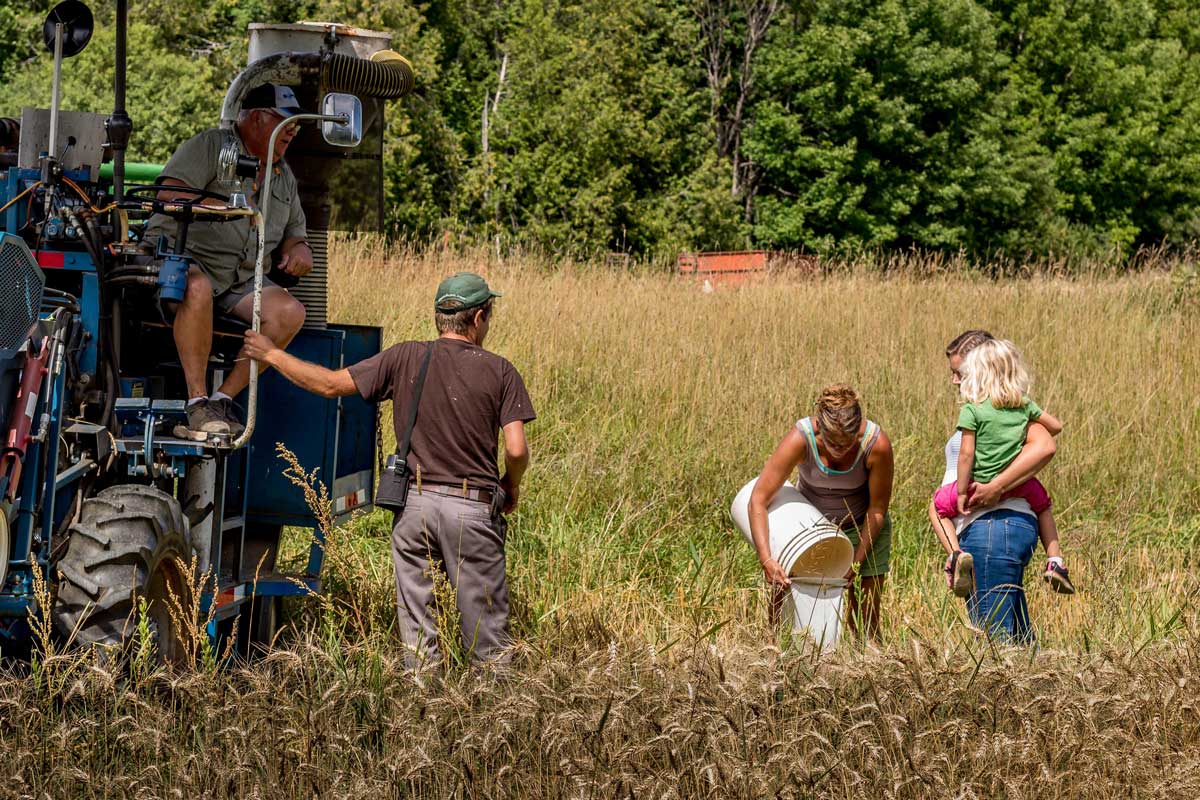
What I hadn’t realized prior to talking with Laura was that most of the rye grown in the U.S. isn’t harvested. Since the grain itself lacks a robust market, it's planted primarily as a cover crop to improve soil health. With deep roots that tolerate variable rain conditions, properties that suppress weeds, and outstanding frost hardiness, it has a long list of desirable traits far beyond eating.
After speaking with Laura, I wanted to see what’s happening closer to home.
So, stop number two on my self-proclaimed WONDER GRAIN tour: Dr. Heather Darby at the University of Vermont. Heather, an agronomist, soil specialist, and farmer who won the Vermont Governor’s Award for Environmental Excellence, is, in the words of Dr. Jones, “a superstar.” I’ve been connected with Heather for years, and I second Steve’s opinion.
After discussing the benefits Laura had emphasized, we got down to business. What’s the situation with rye in Vermont? Are farmers using it as a cover crop? If we eat more rye, will more farmers grow it? What is the connection between rye, cover crops, the environment, and bakers in our little state?
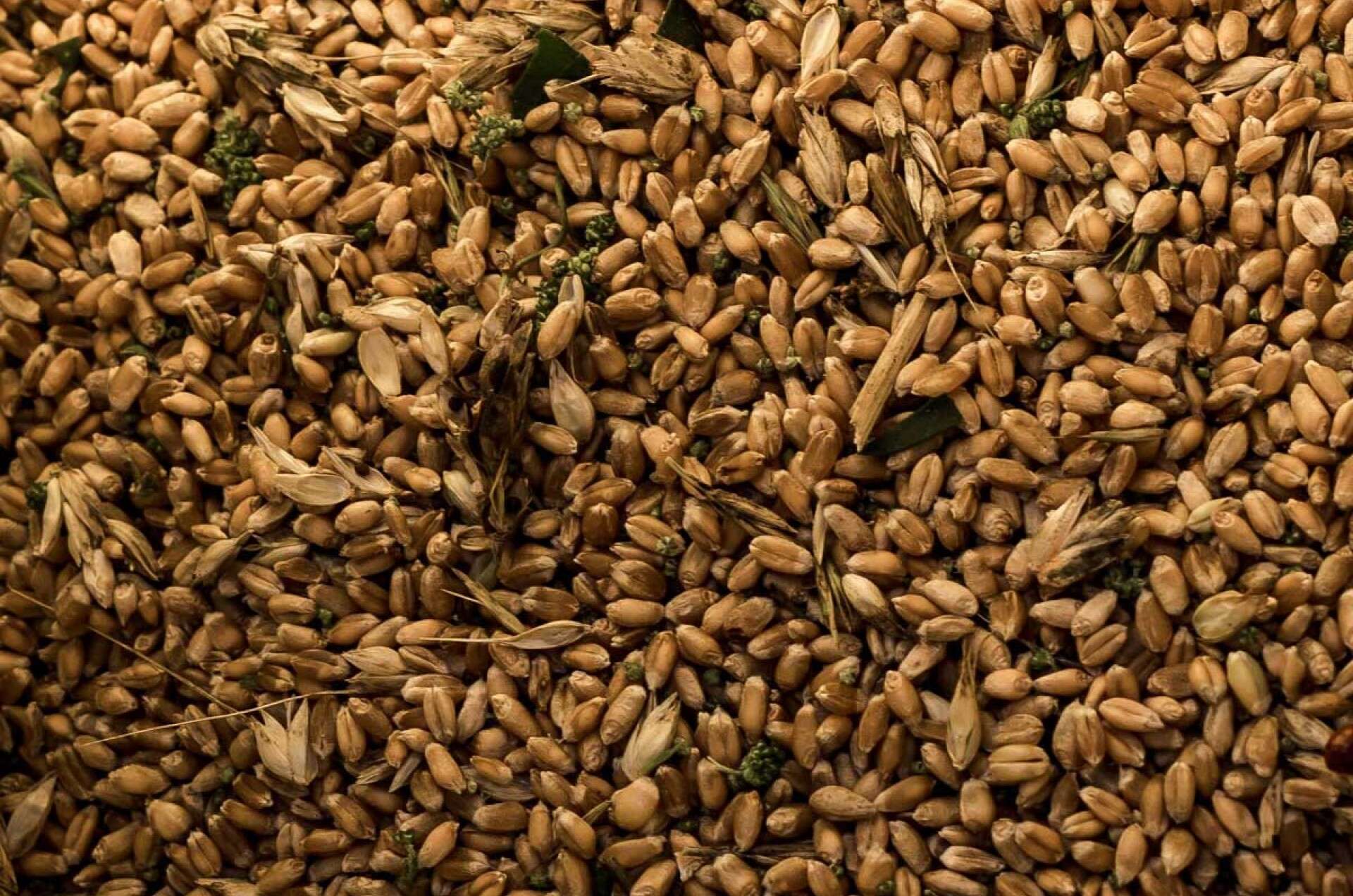
Heather confirmed that Vermont farmers are growing it as cover. In fact, roughly 30,000 acres are planted each year. But fewer than 100 acres (that’s less than 1%) are harvested for human consumption. Which makes me wonder: why aren’t we harvesting the cover crop? After all, while 30,000 acres seems high, it’s only about 6% of the total cropland in Vermont. Increasing the amount of rye we grow could have significant environmental benefits.
How would rye help? Rye’s typically planted in late fall as a winter crop, between slots of fair-weather, frost-susceptible crops like corn and soy. Rye opens the soil as it grows, burrowing deep roots before the cold sets in to hold onto precious dirt. Without rye or another cover crop during the winter, fields remain exposed for as much as seven months a year, leaving them vulnerable to erosion, run-off, and more. (Run-off is particularly devastating, as it typically carries agricultural chemicals into waterways and contributes to devastating phenomenon like dead zones.)
Rye doesn’t just love hanging onto cold and wet soils, either. It’s happy to sit tight, reducing free quantities of nitrogen and phosphorus and scavenging any available fertilizer while we wait for high summer. As rye sets roots, it sequesters carbon and fixes nitrogen, preventing them from ending up in our air and water and contributing to climate change.
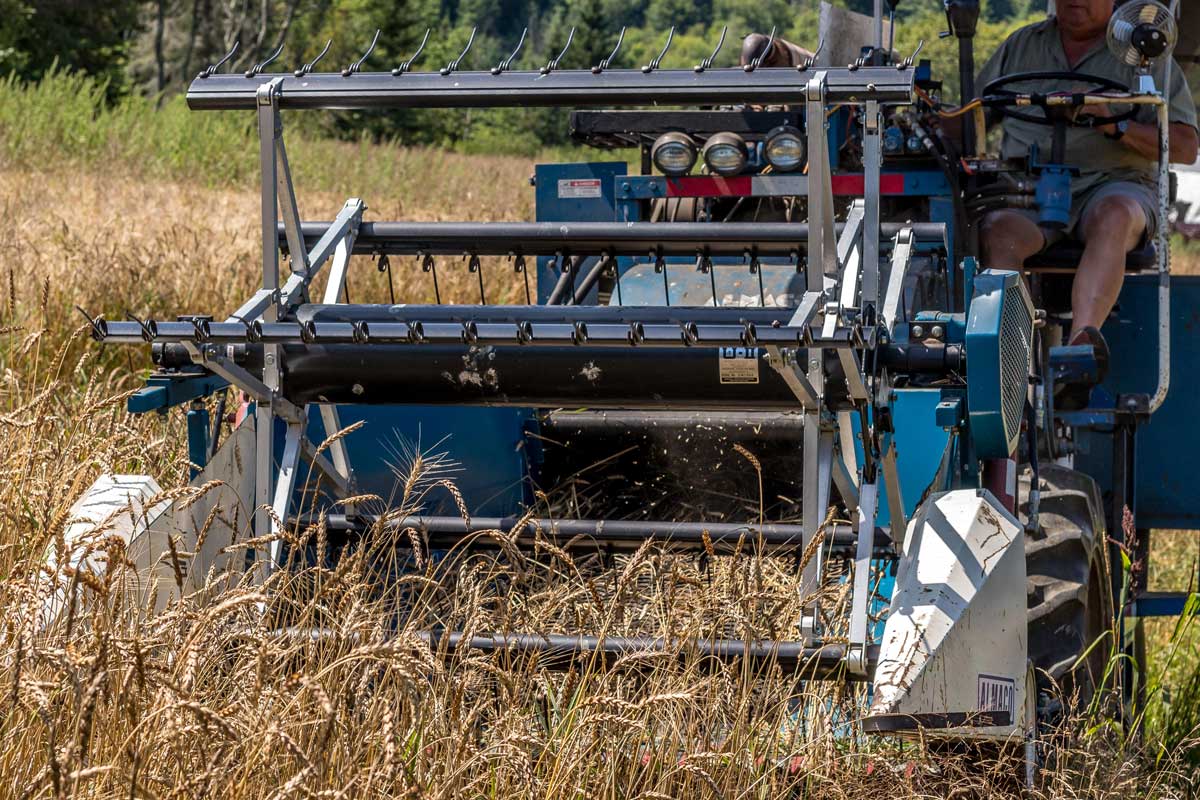
Heather, speaking to the unique opportunity that rye presents for both consumption and soil, air, and water health, noted that, “In a real way, we need to eat and we need a clean environment—we need both to live.”
The link is clear: by eating more rye, we can effectively give farmers a market and financial incentive to plant it, justifying the time and effort required.
So it’s simple, right? Eat more rye and increase market demand for the grain. More demand means more acres planted, less erosion, improved water quality, more soil biodiversity, and more sequestered carbon and nitrogen (leading causes of global climate change.) What's stopping us?
The third stop on my WONDER GRAIN tour answers this question. Lara Bryant is an environmental scientist at the National Resources Defense Council in Washington, D.C., working on topics like Cover Crops: The Secret Weapon to Healthier Soil. If rye is so good for the environment, why aren’t we growing more of it?
Lara explained that we’ve largely moved away from diverse cropping systems. Farmers used to have a three, four, or even six grain rotation; in addition to corn and soy, they grew winter wheat, rye, and alfalfa, promoting soil health. (Organic certification, as in the case of our Organic Medium Rye, prescribes rotational systems — another reason to explore organic options.)
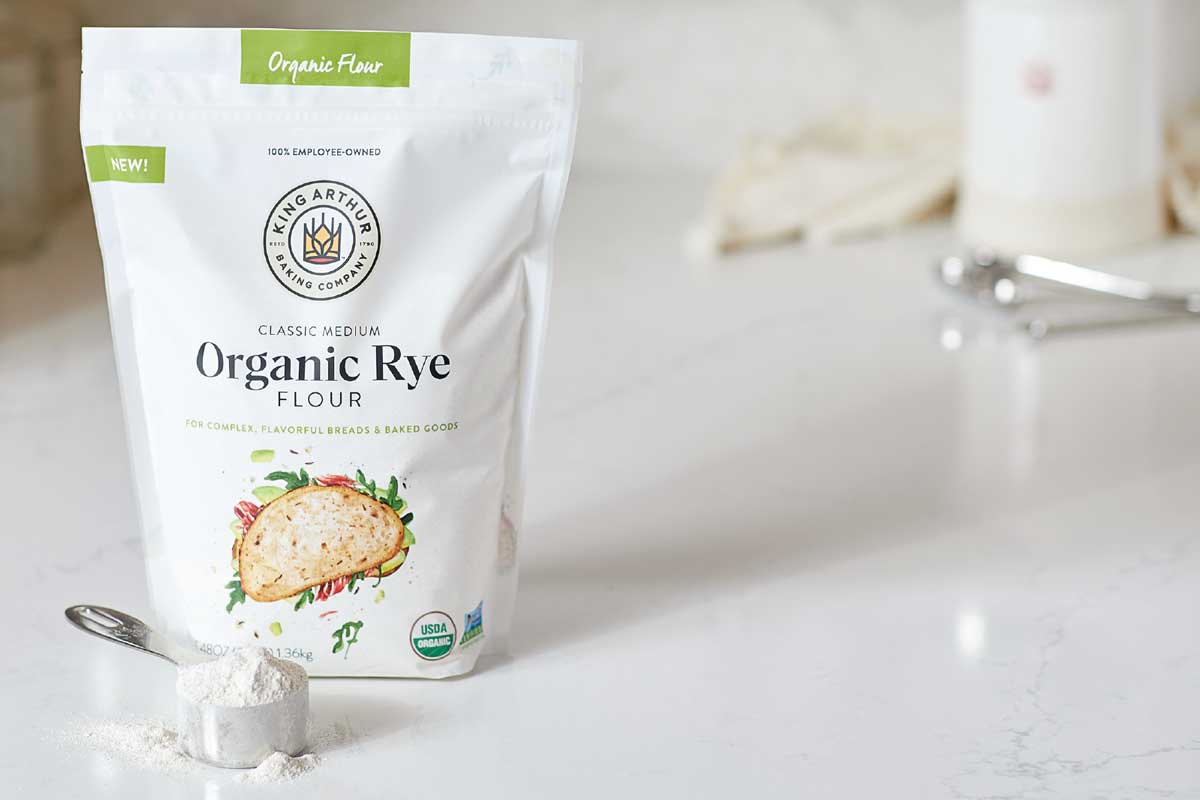
In this previously used rotational system, winter fields with rye or wheat meant soil systems continued uninterrupted, improving soil health and biodiversity. Additionally, the rotational system broke patterns of recurrent weed and plant disease, a constant challenge.
While monocropping systems continue to dominate, Lara noted that there is good news. The 2017 Census of Agriculture found that between 2012 and 2017, only a handful of states declined in acreage of cover crops. And amazingly, between those years the total number of cover acres planted actually increased by 50%. The work of farmers, soil scientists, conservationists, government departments, seed companies, trade groups, lawmakers, journalists, and food corporations is beginning make a difference.
While the current total of cover-cropped acreage amounts to less than 5% of all US cropland, this number feels more like an opportunity than a challenge — there is so much room to be better.
That was a lot to get through. Let’s review. Farmers know the value of rye as a cover crop. Total acreage is on the increase nationally, but the numbers are still very small. What can we do? Cheer for farmers? Talk about cover crops? Tell our representatives that we value clean air and water? Yes. But there’s even something easier. And tastier.
You and I, with our love for baking, can make a difference by simply supporting the market. Rye is versatile — in addition to all the traits that make it great for my artisan breads, I also don’t make pie crusts or puff pastry without adding rye for more flavorful and tender versions of my standard hits. Every cupful counts, so let’s start scooping. More rye in biscuits, more clean air, less algae in our lakes and streams, and fewer chemicals added to our soil.
Remarkable rye is ready for the spotlight.
Ready to start baking? Pick up a bag of our Organic Medium Rye Flour, and try your hand at one of the recipes in our Sweet Side of Rye or Best Rye Bread recipe collections.